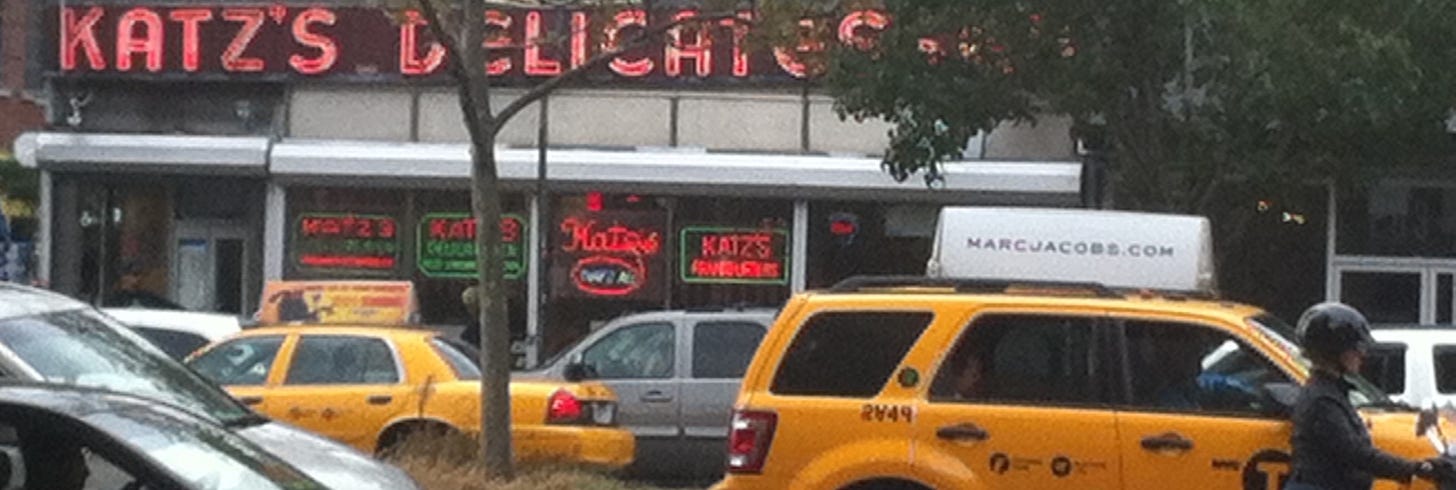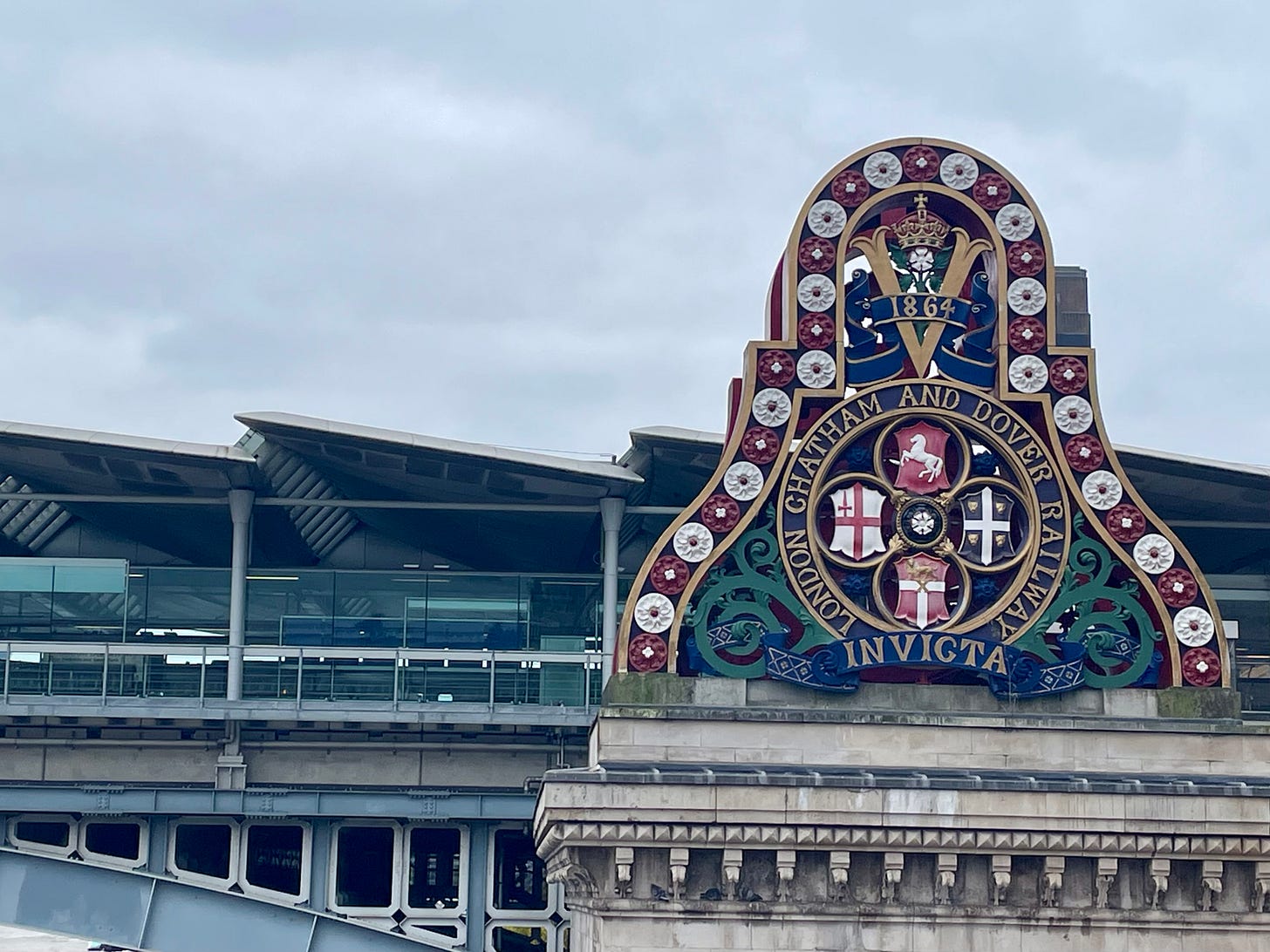Flâneuse
‘Perhaps you agree that life in the country was the best?’
When I quoted the amusing illustrated book for children, Town or Country? A Victorian Dilemma, in last week’s post, you may have assumed I do indeed agree with this sentiment. But I’m off to Town today and couldn’t be more excited. I don’t get many chances to head to London these days, and there are things I miss: the way that history and current affairs jostle together down narrow lanes, threading their way along canal paths, over industrial bridges and in and out of shops and pubs; the purposeful sound of rubber soles against pavement; the fun of slotting myself like a Tetris shape into gaps in the crowd. Like the narrator of Lillian Boxfish Takes a Walk, which I’ve just read for my book club, I also find the act of strolling in a busy metropolis oddly healing. Lilian knows that ‘only a walk – zigzagging among strangers on their own peculiar errands, setting my pace in counterpoint to my pulse, dissolving myself in the street’ will make her feel better.
Kathleen Rooney’s novel charts her octogenarian protagonist’s movements through New York on New Year’s Eve 1984. As she walks from her central Manhattan apartment to dinner in Little Italy and finally to a warehouse party in the Meatpacking District, Lilian traces her own past spent living, working, thriving and suffering amongst its architecture and green spaces. On foot, and destermined not to take a taxi despite her age and the potential dangers of the streets, she passes apartments, offices, restaurants and parks. Her memories of personal landmarks are also infused with the stories of the city. She laments the lost ‘Beaux-Arts marvel’ that was Penn Station, replaced in 1968 by a building so ugly she feels it like ‘a slap across the face’. She meets people unlike her and yet bound with similar desires, and finds herself marking the end of the year alongside a queer community finding joy in the midst of fear and discrimination. And she unwittingly foresees the transformation of the West Side Line, an elevated rail track constructed in 1934 to transport freight through industrial buildings and closed in 1980, and then reopened in 2009 as the High Line public park.
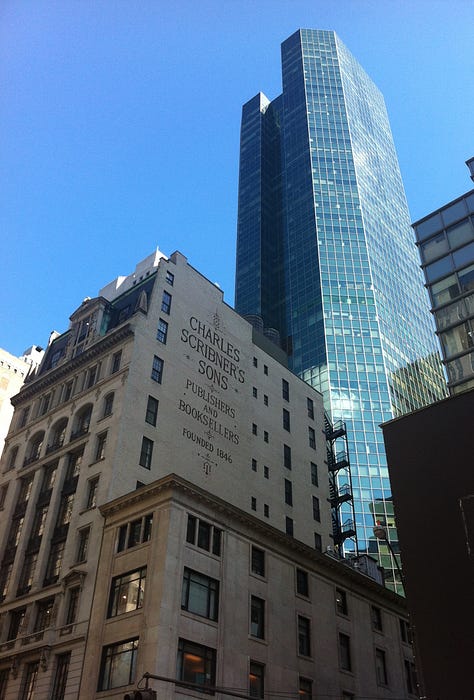
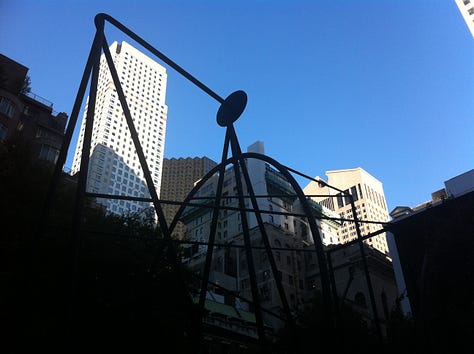
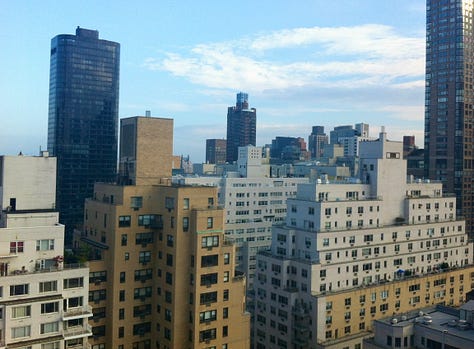
I anticipate my own crosslines of memory and civic history today. I’m travelling into London from Oxfordshire on the route I used to take to get to work, passing through familiar suburbs and sipping my tea while trying to type on a shaky table in the same slightly uncomfortable and shabby train carriage. I’m looking forward to the buzz of being anonymous in masses of people and looking anew at the urban landscape, the chance to spot residues of previous journeys and evidence of earlier walkers.
I’ll be glancing aroudn for moments of intersection between now and then, built-environment and human meaning. How about you?
The High Line park is a brilliant example of regeneration and revisioning of something that was going to be demolished into a public good. Is there a run-down building or bit of infrastructre near you that might be imagined into a new form in the future? How creative can you be with your design brief?
Commit to walking a bit further than you might usually choose to. If you’re a driver and like me, and your local town centre offers convenient central parking, think about taking a new way in that means you discover new vistas. Write some notes about what you notice as you walk.
Lilian is a grand ‘Flâneuse’, as Virigina Woolf’s famous Mrs Dalloway was before her - someone who can stroll and observe all life she encounters on her way. Create your own flâneuse character. Is she old or a child? Is she knowing and experienced, or naive and curious? What has given her the leisure to wander the city streets in this way?




